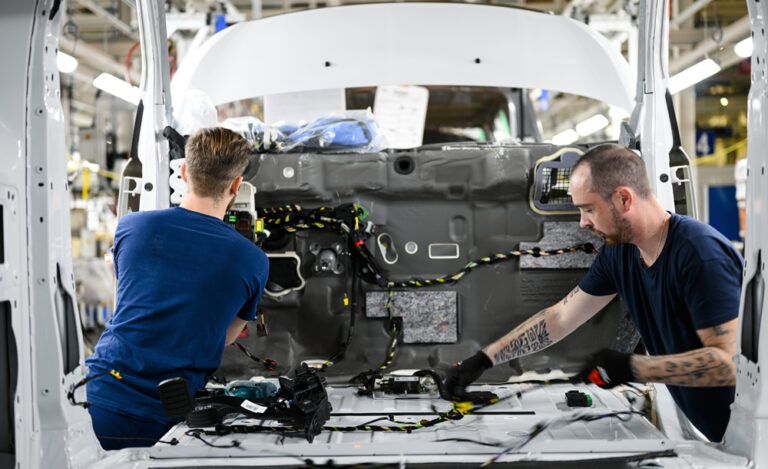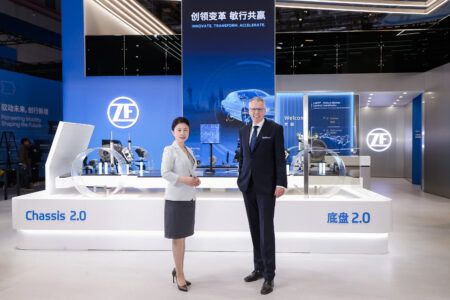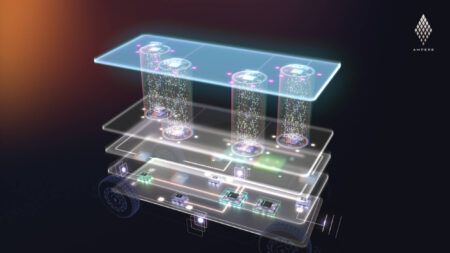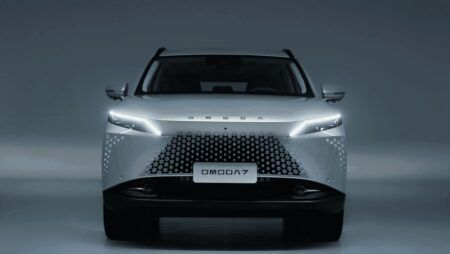The Hordain site will mass-produce fuel cells for the Peugeot Expert, Citroën Jumpy and Opel Vivaro. From 2024, the site will have a production capacity of 5,000 vehicles per year, with Stellantis committing to 11 other industrial sites in France.
These hydrogen-powered vehicles will be assembled on the site’s multi-energy line, which already produces the electric and combustion engine versions of the “K-Zero” daily. The “K-zero” vehicles with a fuel cell are intended for long-distance freight professionals requiring 400 km (250 miles) of range, fast-charging (3 mins) the fastest possible charging time (3 minutes) and up to 1 ton of charging capacity.
“Today’s announcement demonstrates the Stellantis commitment to investing in France in the latest technologies, and to supporting low-carbon mobility based on the “One Company” principle,” said Stellantis CEO Carlos Tavares, adding, “Stellantis has succeeded in moving on to the next step in automotive history, in a transition managed in conjunction with our social partners at our 12 industrial sites across seven French regions, where we are proud to have laid historical roots.”
Using a reinforced platform from body-in-white onwards, the hydrogen-powered models will then follow the usual stages of paintwork and assembly, on the same production line as combustion engine and electric vehicles, before they enter the new 8,000-m² facility that focuses solely on the final tuning. A dedicated team will install the tank, the additional batteries, and the fuel cell on a production line at the Hordain site, which Stellantis says will halve adjustment time compared to the previous small-scale process, where the fuel cell was assembled at a pilot workshop in Rüsselsheim.





